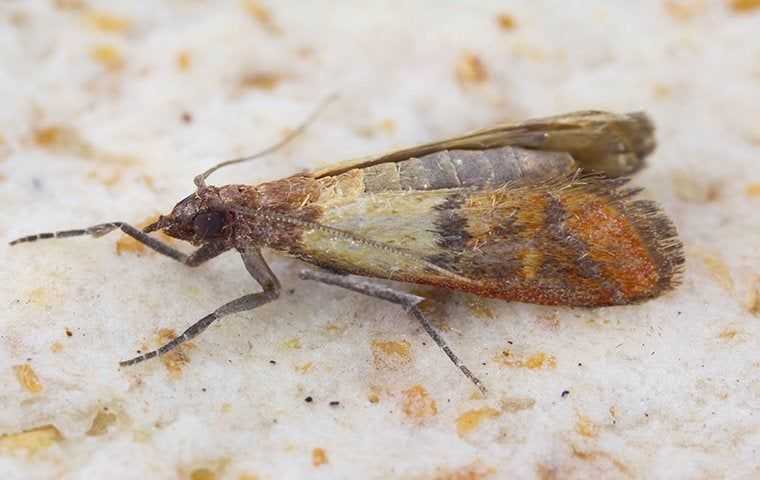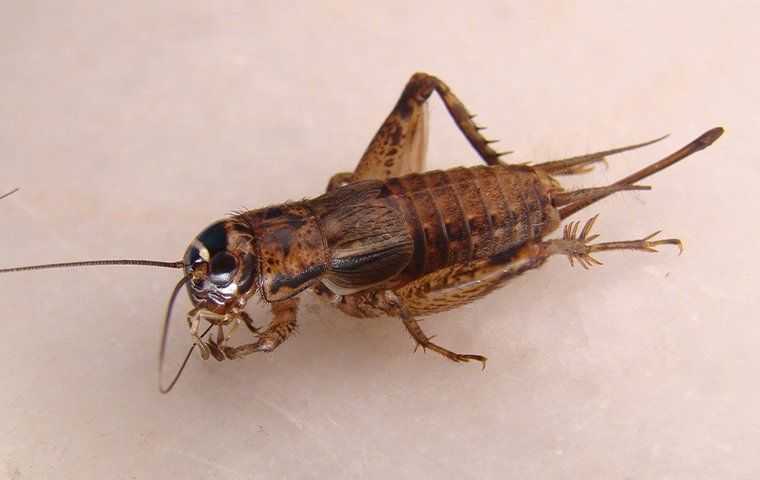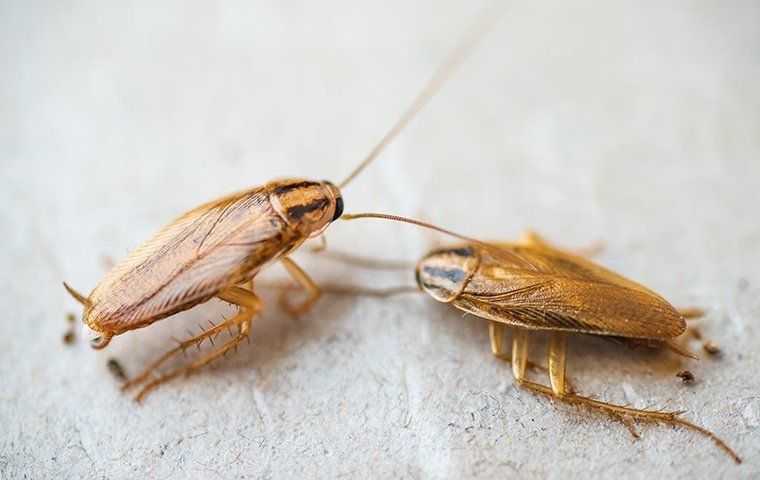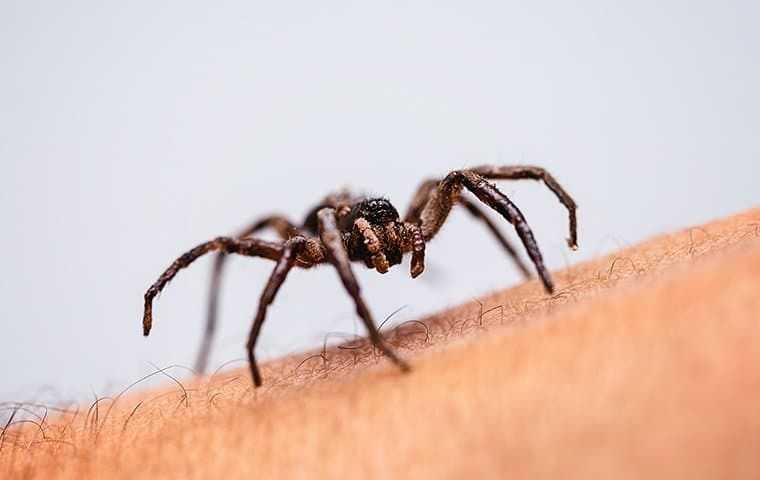Description
One of the most common residential stored product insects can also be more than a nuisance in some food plant and warehousing situations. Cosmopolitan in distribution, these insects may be found in nature and infest a structure from its surroundings, especially in the Corn Belt. All of the damage to food is produced by the larval stage as the adults lack mouthparts. Locating and disposing of the infested food source is the best method residentially. Indian meal moths respond well to pheromone monitoring programs in commercial environments and stress the importance of good warehousing and sanitation practices.
Biology And Behavior

- Indian meal moths are small moths with a 5/8” wingspan, cooper to bronze-colored scales cover the outer 1/3 of the wing and a thin brown band leading to a pale tan inner 1/2 of the wing.
- Larvae are 1/2” long, dirty white sometimes, with pink or green tints.
- Larvae feed on a tunnel-like silken case covered in frass and debris.
- Feeding activity from larvae is easy to spot as it consists of silken webbing on the top surface of the infested food source.
- Larvae will crawl away from the food source to pupate, usually going to high corners or ceilings to spin their small cocoon.
- Indian meal moths will feed on various sources, ranging from dried pet food, birdseed, dried peppers, nuts, and even dried flower arrangements in residential settings to whole wheat and cornmeal in commercial locations.
Indian Meal Moth Control Tips
- Locate and remove infested material plus any pupal casings from the surrounding area, the best practice for residential settings.
- Pheromone trapping works well to track activity in commercial settings. Low-dose pheromone traps can help pinpoint activity.
- Dye marking pheromone stations placed outdoors can be used to determine if the exterior activity is entering a structure.
- Mating disruption pheromone is an effective management strategy as it interferes with the limited adult lifespan and egg viability by inhibiting the male moth’s ability to locate females.
- Mass trapping pheromone strategies can be effective but could also draw insects from outdoors through poor placement and exclusion issues.
- ULV space fogging can be effective for eliminating exposed adults.
- In severe cases, use fumigation.
Action's Moth Control Services

What Action Pest Control Customers Are Saying
Action is trusted by over 23,000 happy customers, see what our customers are saying!

“ Your PEST CONTROL deserves a ten star rating!!!!!”

“ I wanted to tell you that we really enjoy having Jason as our technician. He is polite, professional and easy to talk to about any issues or concerns. Please give him a pat on the back from us for his good work. Thanks very much.”

“ Derek is always cooperative, enthusiastic, and professional. Excellent service whether I am home or not.”
Schedule Your Free Inspection
Complete the form below to schedule your no obligation inspection.









